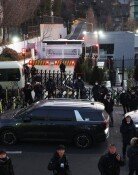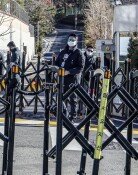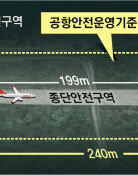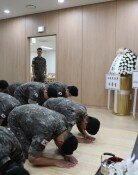Critical component for nuclear fusion to be mined on the moon
Critical component for nuclear fusion to be mined on the moon
Posted July. 19, 2019 07:54,
Updated July. 19, 2019 07:54
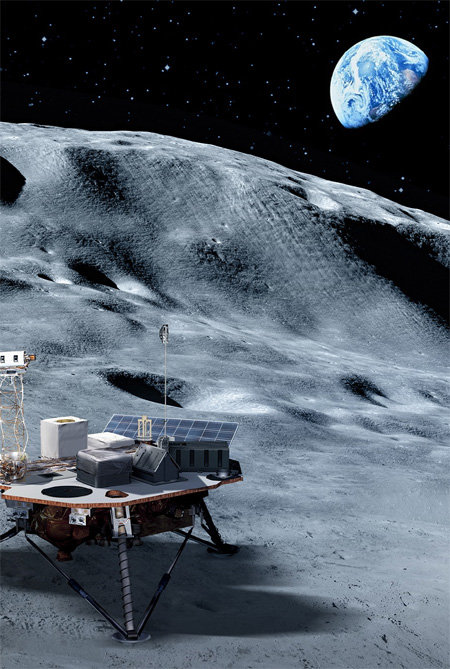
July 20 marks the 50th anniversary of the first humans landing on the moon. Launched on July 16, 1969, U.S. space probe Apollo 11 entered the lunar orbit after a three-day flight, before astronauts Neil Armstrong and Buzz Aldrin set foot on the moon's surface on July 20.
Fifty years later, the world is paying renewed attention to the moon. After China became the first country in history to land an unmanned probe on the far side of the moon, SpaceIL, an Israeli company, attempted to land an unmanned spacecraft on the moon. The NASA plans to send humans to the moon again in 2024. South Korea plans to launch its first unmanned lunar orbiter in 2021 or later.
Moon exploration is also an opportunity for the science community. Scientists can obtain previously unavailable data by sending research equipment on moon landing vehicles or lunar orbiters. The NASA will launch the Commercial Lunar Payload Services (CLPS) to send nine landers developed by private companies to the moon with a goal of researching the moon's surface and environment in more details before starting manned lunar exploration missions.
The NASA has selected the first three moon landers as well as U.S. space companies' landers. South Korea is also involved in the project and will participate in payload development in the future. The Korea Astronomy and Space Science Institute (KASI) and the U.S. space agency agreed in May to jointly develop jointly build a payload device for NASA's lunar landers between 2023 and 2024. Since last Thursday, the KASI is inviting domestic scientists to submit letters of intent for payload proposals.
The moon's resources are also a popular research theme. Kim Kyung-ja, a senior researcher at the Geological Research Center under the Korea Institute of Geoscience and Mineral Resources, has recently discovered an area on the moon with an abundance of Helium-3, which is considered a promising future energy resource. Helium-3, a critical component for nuclear fusion, which is expected to be in commercial use in the 2030s, is considered the top-priority resources to be tapped from space, as it is extremely rare on Earth.
Her research team found six Helium-rich locations on the moon's Helium mineralogy map and proposed Grimaldi and Riccioli, rich in Helium and generally level in topography, as candidate sites to be explored by future lunar probes.
"I plan to request that the science community conduct a thorough survey of the sites with powerful cameras to be mounted on South Korean lunar probes that would photograph the candidate landing sites," Kim said.
ashilla@donga.com



